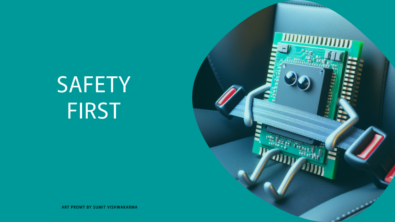Production-grade AI, and how it is changing the way we approach semiconductor design and verification
As reported in NVIDIA’s highly-anticipated earnings call last week, the AI revolution continues to fuel tremendous growth in semiconductors. In the past few years, AI has evolved from being a buzzword, to a proven disruptor that enables orders-of-magnitude scaling in many industries.
Although consumer applications for AI have garnered a lot of mainstream attention, another equally-important aspect of AI usage is for industrial and engineering tasks. Here, the user requirements for leveraging AI are different than what is required for many consumer applications.
Production-grade AI focuses on 5 critical elements needed to achieve deployment success of AI-enabled toolsets: verifiability, accuracy, generality, robustness, and usability. This means aside from being able to achieve results faster and with less engineering effort, AI results must also accomplish:
- Verifiability: Can both the user, and the AI tool, validate if the answers given are correct?
- Accuracy: Are the results as accurate as results gotten via traditional means?
- Generality: Does the approach work across all use cases in its target scope, not only on a narrow subset?
- Robustness: Is the AI solution must be able to handle corner cases, and be reliable enough for tight production schedules?
- Usability: Does the solution “just work” for the users?
I recently published a whitepaper on the topic. If you’re interested in knowing more about production-grade AI and how Solido has enabled faster, more accurate design and verification in the custom IC verification space, I encourage you to check it out: “How Siemens EDA’s Solido achieved production-grade AI in EDA applications”


